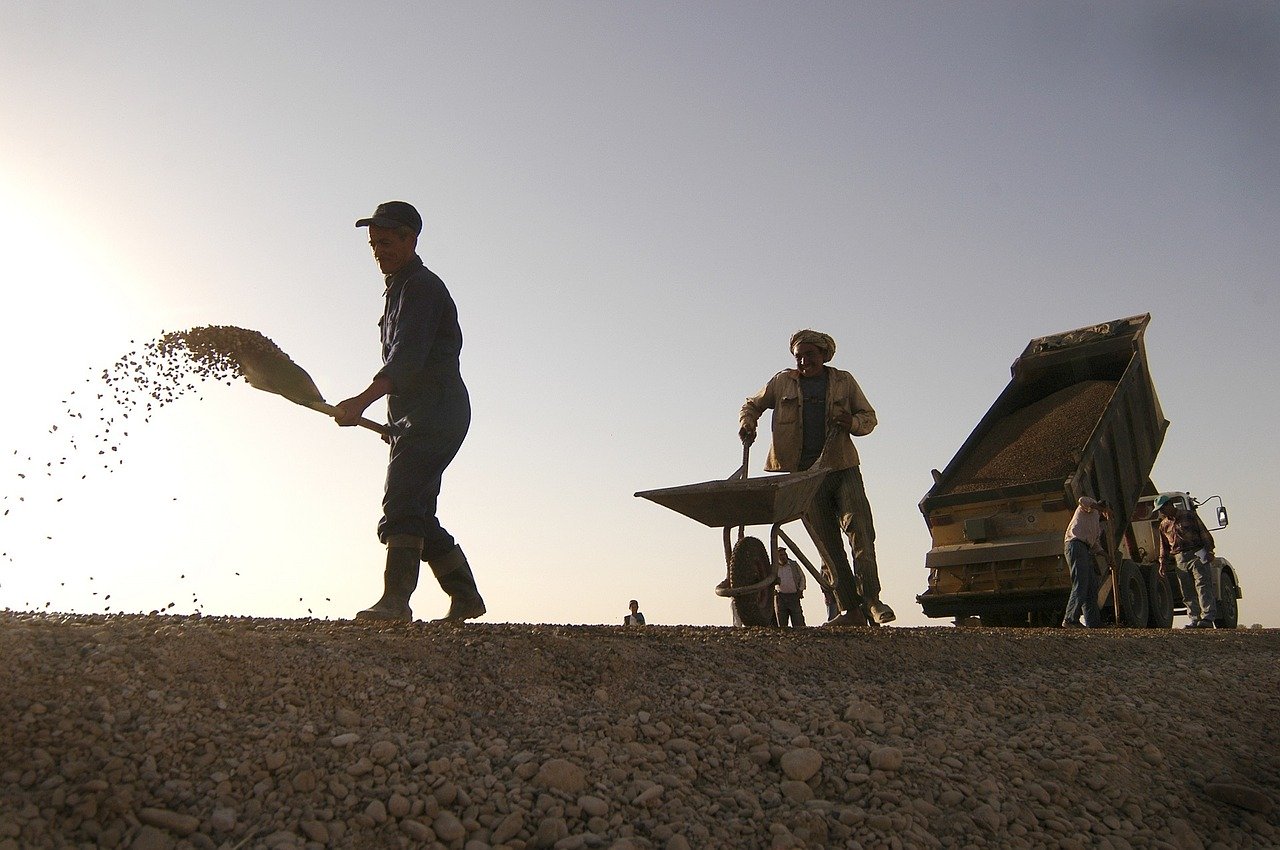Vehicle tracking systems in construction, sometimes known as telematics or fleet management services, has proven to impact positively the needs of a construction company operating a commercial fleet of vehicles
Regardless of the project or the on-site challenges which come with it, moving materials and workers to a site always poses its own challenges. This ranges from managing driver safety, getting to locations as quickly as possible, being able to adapt to changes in schedules to managing fuel usage.
Driver safety
For any business, employee safety is a crucial need. For construction companies, whose employees face a large number of risks due to the nature of their work, this is absolutely crucial. Those employees working on-site with heavy machinery may be the first that comes to mind when thinking about construction workers and safety. However, employees responsible for the delivery of materials or machines to a site should not be forgotten. Road accidents can be extremely dangerous, and when transporting heavy goods, there are increased risks.
Also Read: 4 tips on managing fleet to maximize equipment value
Vehicle tracking in construction can have a significant impact on improving the safety of commercial drivers. Firstly, in-cab systems can alert the driver, though audio and visual alerts, too dangerous driving actions. These include harsh acceleration, braking, cornering, and speeding. By alerting drivers when these actions take place, drivers can self-correct their behavior, and research has shown that when drivers are receiving this feedback from in-cab systems, the number of dangerous actions significantly reduces.
Secondly, because vehicle tracking systems can collect data showing how drivers behave when behind the wheel, fleet managers can identify drivers who continue to demonstrate dangerous driving actions. For construction companies, harsh acceleration or braking could lead to materials or equipment moving around in the back of a commercial lorry or truck.
This could cause safety issues while the vehicle is moving or when it’s being unloaded. By analyzing the data from vehicle tracking, fleet managers can design training programs to help improve a specific employee’s driving and therefore improve their safety, along with that of their co-workers and other road users.
Arriving at sites quickly (and safely)
Being able to have commercial vehicles arrive at their destination on time and as quickly as possible is essential for any business operating a commercial fleet. However, for a business working in the construction industry, it’s even more important. Delays in materials or workers arriving at a site could delay a project and result in unexpected costs. Construction companies may well be held responsible to cover these costs if they are at fault for the delay. For this reason, it’s vital to avoid delays and arrive on time. Route planning is crucial to this. Vehicle tracking allows routes to be analyzed and created based on previous journey data. This means fleet managers can look at the journey’s the vehicles in their fleet have taken previously and work out which areas should be avoided based on delays or new information such as current road works.
Making sure drivers are not just taking the shortest route is crucial to operating a successful commercial fleet. The shortest route may not be the fastest, due to issues of congestion or if it involves small and slow roads. By using vehicle tracking data, the quickest routes can be identified and planned to help drivers get to their locations quickly and on time.
Adapting to changes in schedules
All the best-laid plans encounter problems, but how companies respond to these problems separates the good companies from the great. A large construction company working on multiple projects at the same time can often need to quickly adapt its schedules to get materials or workers to locations where they are needed most. With vehicle tracking technology, a fleet manager can see the live location of all the vehicles in a fleet. If a call from a worksite is made saying more materials are needed urgently, the closest delivery vehicle can be identified and diverted there to meet the need right away.
The other advantage of having the live location of every vehicle in a fleet is that customers can be kept updated with how far away a delivery or work team are from them. This is vital to good customer service and coordination on a construction project.
Managing fuel usage
Due to the financial and environmental impact of fossil fuel usage, all companies operating commercial vehicles running on fossil fuels now need to keep fuel usage down. This may seem like a big challenge, given the reliance on commercial vehicles for so many companies, including those in the construction industry. However, vehicle tracking can make a significant difference. As mentioned previously, route planning is vital for companies with a commercial fleet. Avoiding congestion and unnecessarily long routes are both excellent ways of reducing fuel usage.
Also, the in-cab coaching systems mentioned above, as well as alerting drivers to dangerous driving also highlight actions that cause high fuel usage. Engine idling is one of the main causes of high fuel usage. As with dangerous driving, when drivers are alerted to this, the research conducted shows the levels reduced and less fuel is used. With less fuel being used, construction companies are benefiting from reduced costs, and the environment also benefits from lower levels of pollution.
As highlighted in this article, construction companies have needs that require smart solutions. Vehicle tracking can help construction companies in a variety of ways and in times where they’re facing a growing number of challenges, having the aid of vehicle tracking systems can really benefit them and their customers.


